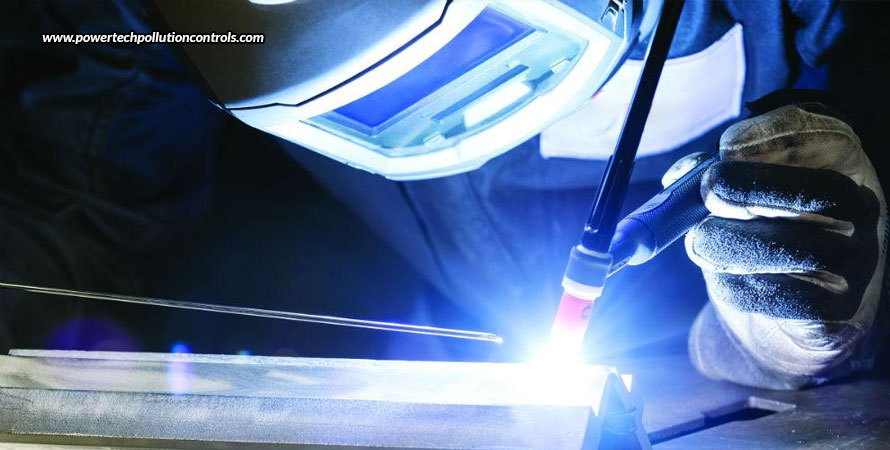
Welding Aluminium – The Risks And Remedies
Aluminium being a highly conductive metal, welding it can be more difficult than welding other metal types, including stainless steel. Automotive, aerospace, and construction are just a few of the industries that employ aluminium, a lightweight and highly conductive metal. But when it comes to welding, aluminium provides a distinct set of difficulties that require specific techniques and consideration.
Basic challenges when working with aluminium
Aluminium requires more heat to weld than other metals due to its high thermal conductivity, which can make it more challenging to regulate the welding process and prevent deformation or warping of the material. When it comes to welding aluminium, high thermal conductivity is not the only difficulty. There is also the problem of oxide layer deposition on the surface of aluminium, which can obstruct the process and weaken the weld if it is not removed before welding. When welding aluminium, selecting the proper filler material is also essential.
Aluminium welding processes
TIG (tungsten inert gas) and MIG (metal inert gas) welding are the two welding techniques most frequently used for aluminium. For thin aluminium sheets, TIG welding works well, whereas MIG is preferable for thicker sections. It is essential to apply the proper procedures and settings for TIG or MIG welding in order to regulate the heat input and avoid warping or distortion.
The risks associated with welding aluminium
Because machining produces combustibles that can catch fire and explode, welding on aluminium can provide a number of risks. Because it has a low melting point, aluminium is quickly ignited while welding. Fumes produced by welding aluminium can be harmful to human health, especially if inhaled for an extended length of time. The fumes are created when the aluminium, flux, or filler metal is vapourised at high temperatures. These fumes contain a variety of compounds like aluminium oxide and aluminium nitride. Overexposure to these gases can cause neurological symptoms such headaches, fatigue, and tremors as well as respiratory problems in the nose and throat. Long-term exposure also raises the risk of respiratory conditions like bronchitis and asthma, and can cause cancer. Additionally, electric shock, eye injury, and noise pollution can all come from welding aluminium.
Preventing the risks
It is essential to prevent overheating of aluminium because this can raise exposure hazards and emit more pollutants. Therefore, it’s crucial to use adequate filtration and extraction techniques, like proper ventilation and fume extraction systems. By installing a welding fume extractor India, such as the Fumekiller from Powertech Pollution Controls, you may eliminate airborne toxins with the help of a high-efficiency two-stage electrostatic precipitator with electrostatic filtration technology that can capture and control fumes, mist, smoke, and fine dust produced by all kinds of welding, soldering, and other similar processes. When welding in small places or with huge pieces of aluminium that need numerous welds, such fume extractors are extremely helpful. Welders can work with aluminium safely and with reduced exposure risk by using such equipment. To further reduce exposure to fumes, machine workers should additionally employ personal protective equipment such as a respirator, welder goggles, welder’s helmet, leather gloves, and leather apron.


